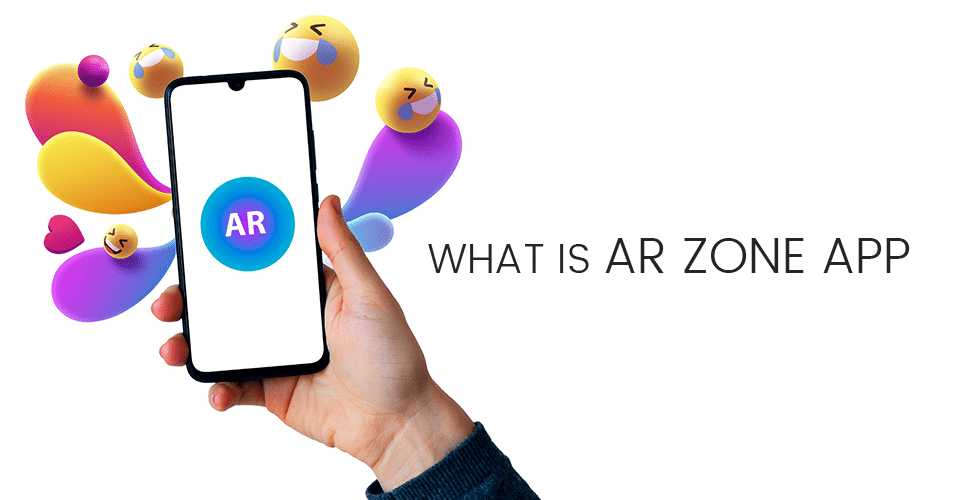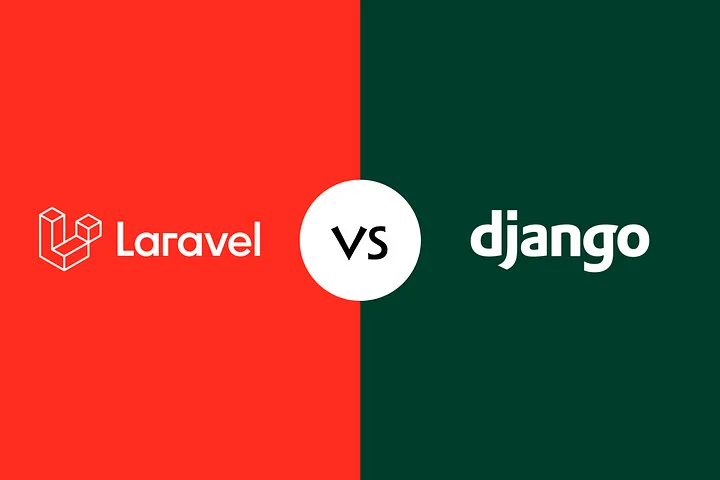- What we do
- Technologies
- Our Work
- About Us
- Blog
- Contact Us
Empower people through technology and innovative solutions







| Competitive Analysis | User Research & Interviews | Feature Definition & Prioritization | Project Scope & Timeline |
| $1000 - $2000 | $500 - $1000 | $1000 - $1500 | $500 - $1000 |
| UI Design | UX Design | Design System Development | Animation & Motion Design |
| $4000 - $6000 | $2000 - $4000 | $1000 - $2000 | $1000 - $2000 |
| Backend Development | iOS App Development | Quality Assurance & Testing | Project Management | DevOps & Deployment |
| $10,000 – $20,000 | $20,000 – $40,000 | $5000 - $10000 | $5,000 - $10,000 | $1000 - $2000 |
| Test Planning & Strategy | Manual Testing | Automated Testing | Performance & Secure Testing | User Acceptance Test (UAT) |
| $2000 – $4,000 | $6,000 – $12,000 | $4000 - $8000 | $2,000 - $4,000 | $2000 - $4000 |
| App Store Submission | Server Setup & Deployment | Continuous Integration & Deployment | Monitoring & Analytics Setup | Documentation & Handoff |
| $1000 - $2000 | $2000 - $4000 | $2000 - $4000 | $1000 - $2000 | $1000 - $2000 |






Fill up the form and our Team will get back to you within 24 hours.

Fill up the form and our Team will get back to you within 24 hours.

Fill up the form and our Team will get back to you within 24 hours.